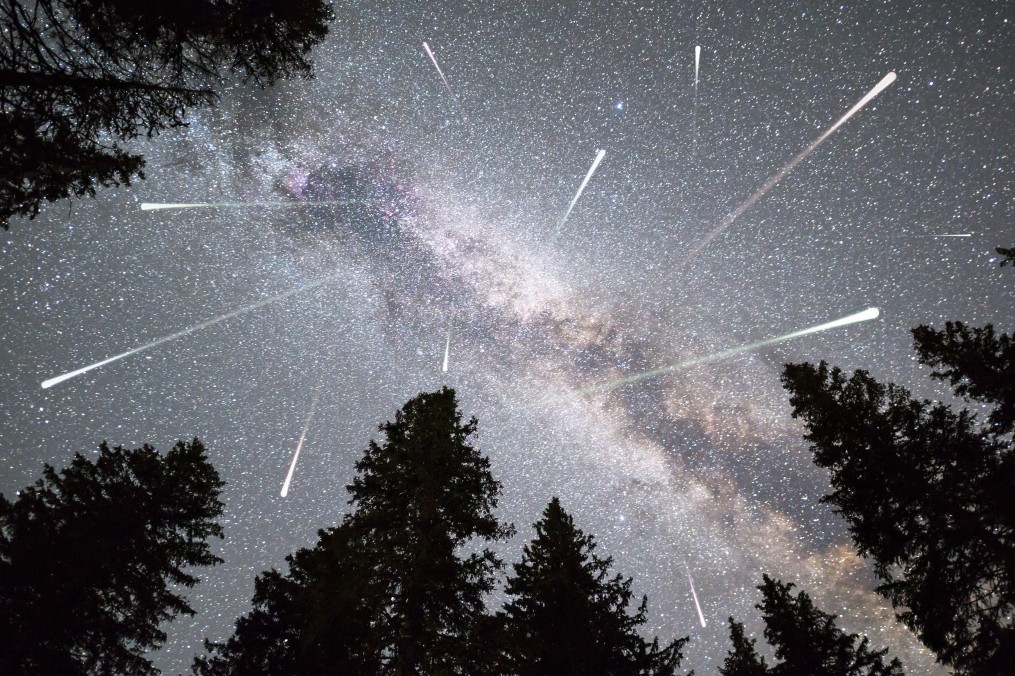
Heavy Rain, Flooding, and Chance of Severe Weather Staring Down the Southern U.S.
January 22, 2024
Posted: October 8, 2021 1:41 am





The first meteor shower of the fall is set to light up the skies on Friday night. However, the view that you enjoy will largely be dependent on Mother Nature’s cooperation on this night in your area. Here is what you need to know about this meteor shower and where you will find the best viewing conditions.
The Draconid meteor shower will set the sky on fire on Friday all across the Northern Hemisphere. This is the first shower of the fall and the last since the famous Perseids meteor shower last August.
The name of this meteor shower originates from the constellation known as Draco the dragon. This group of stars is positioned above the Big Dipper when the sun goes down. While the meteors with this shower get their start from nearest this constellation, you can see them in all parts of the sky if you look carefully.
Experts are predicting an average of 5 to 10 meteors per hour. Despite this being a lower hourly rate of shooting stars than most showers of this kind, onlookers can expect the sky to begin to light up as soon as night falls. With most typical meteor showers, the show does not really get going until the middle of the night.
The earlier predicted start of the Draconids means that you will not have to stay up as late to see the splendor in the skies. This makes this show a great opportunity for children or other early-to-bed people who may miss the usual meteor showers when they do not peak until later in the night.
However, you will need to be ready on Friday to catch these beauties. While most meteor showers generally fall across the span of a few nights, the Draconids will only light up the sky on Friday.
The biggest challenge on Friday will not be the timing of the shower. The greater difficulty will be the odds of enjoying a cloudless sky to see the shooting stars streak across the sky. A band of clouds and moisture coming in from both the western Atlantic Ocean and the Gulf of Mexico will make viewing conditions less than ideal stretching along the Atlantic coastline and up into the Great Lakes region.
Other areas that will likely have a hard time finding a break in the clouds include the Rocky Mountains, particularly the northern region, and the northern Plains states.
So where will the best viewing opportunities be this year for Draconids? Meteorologists are predicting that the areas most likely to experience a cloudless sky includes the bulk of the Mississippi River Valley, a wide swath of the southern Plains, and throughout the interior Southwest. Those located in the far northern reaches of New England may get lucky to have a break in the clouds just in time for the night show to start.
Regardless of where you live, you will experience the most success in catching sight of these shooting stars if you move as far away from light pollution as possible. It is also a good idea to avoid looking at light sources such as a cellphone.
If the weather conditions in your neck of the woods are not favorable for viewing this time around, you will get another chance in late October with the Orionid meteor shower. November brings the Southern Taurids, the Northern Taurids, and the Leonids to the Northern Hemisphere

January 21, 2024

January 19, 2024

January 18, 2024